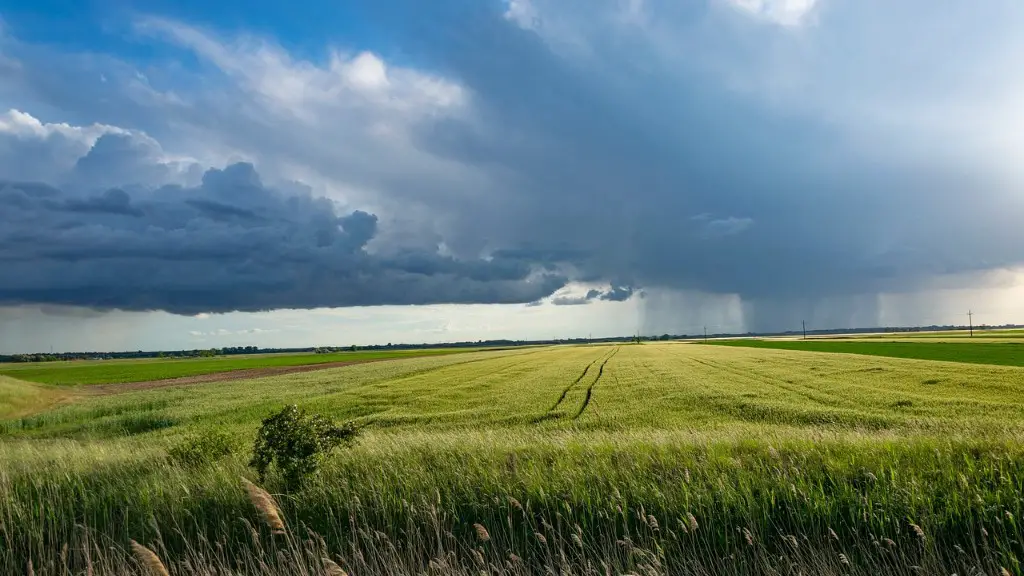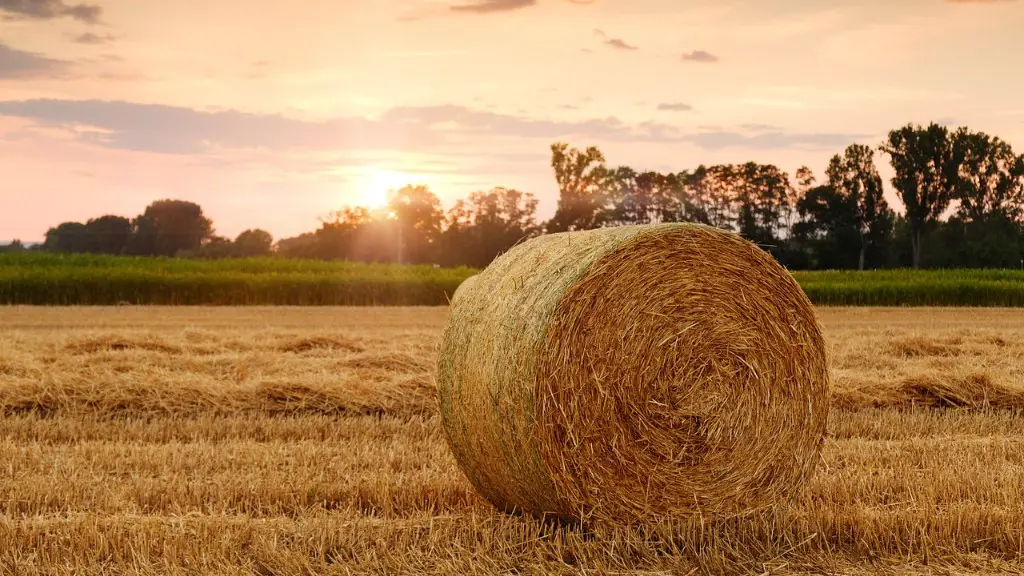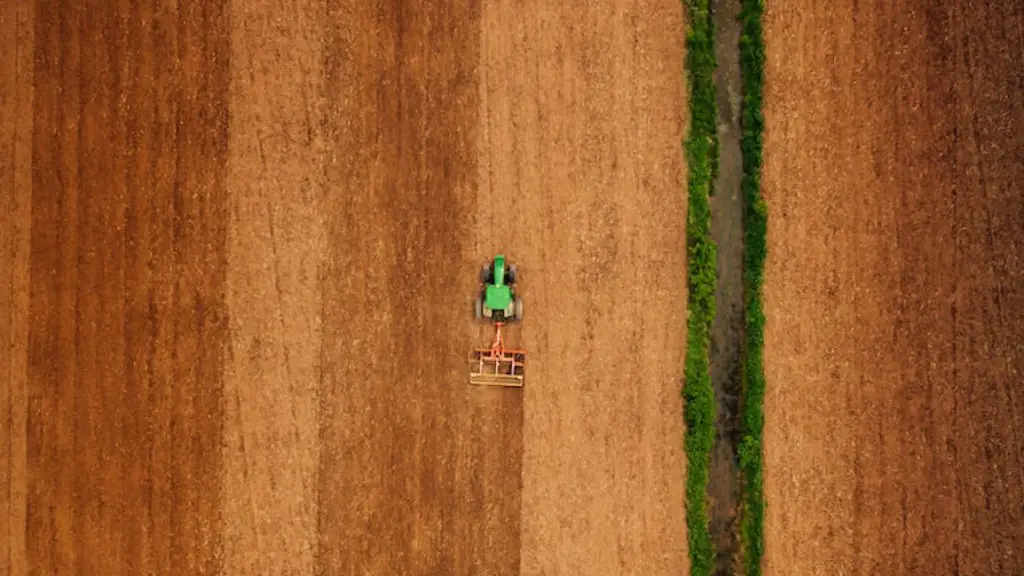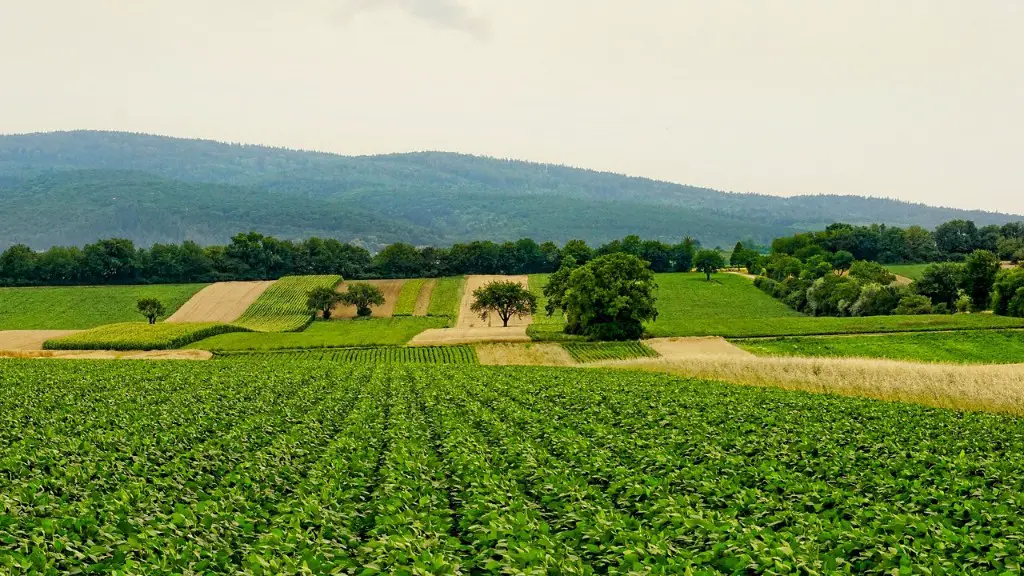The origins of sedentary agriculture are difficult to determine definitively, yet archaeologists suggest the beginning of this agricultural revolution dates back to roughly 11,000 to 12,000 years BCE. Initially, the transition to sedentary agricultural living was made in certain regions of the world due to localized environmental and economic conditions. Later, the idea of a sedentary lifestyle spread from these cultural ‘origins’ to other parts of the world.
The Fertile Crescent, an area stretching from the Levant to Mesopotamia, is considered the earliest cradle of sedentary agriculture. Both hunter-gatherer societies and early agricultural villages are seen in this region, suggesting the idea of sedentary agriculture emerged through a gradual transition. Evidence suggests domestication of plants and animals, both of which are integral components of sedentary agriculture, were initiated in the Fertile Crescent in the early Neolithic period.
Originally, the main domesticates were domesticated wheat and barley, lentils, peas and wild sheep and goats. Even as agriculture spread to other regions, the emphasis on single crops specific to the Levant was preserved. Despite being in the peripheries of the Fertile Crescent, Anatolia, northern Syria and Palestine all continued to feature the same original domesticates.
Sedentary agriculture is often discussed in the context of the emergence of civilization. By relying on abundant resources for a reliable food supply, the need for the population to constantly pursue game was considerably reduced. This enabled more complex social structures and ultimately the development of larger cities.
The domestication of plants, animals, and food is thought to have been enhanced by farming, resulting in higher crop yields. Settling in villages and engaging in agricultural practices led to a surplus of food and resources. This surplus provided the materials needed to create tools and other instruments.
The transition to sedentary agriculture also resulted in a change in the way people organized their lives; hunters typically traveled in small groups and had few possessions, while the sedentary lifestyle allowed them to accumulate land and possessions. This development led to the emergence of social hierarchies and a greater emphasis on technological development.
The Landscape of Agriculture
Agriculture has shaped much of the landscape as we know it today. In many cultures, both modern and ancient, land is an essential source of identity as well as wealth and power. Sedentary agricultural societies often practice monocropping, the cultivation and maintenance of a single agricultural crop year after year. Monocropping leads to soil erosion, if left unchecked. This in turn can reduce soil fertility, leading to diminished crop yields and exacerbating food insecurity. To prevent soil erosion, rotation of crops, the practise of shifting crops such that different species of plants occupy the soil during different periods of the year, can help increase and maintain soil fertility.
Modern advances in mechanization and technology have enabled farmers to increase yields with fewer workers and in disadvantaged environments, allowing more sedentary agricultural societies to expand and develop despite natural disadvantages. For example, the introduction of irrigation systems, the use of certain plowing techniques, and the application of fertilizer have drastically improved crop yields, enabling the development of more complex and dense societies.
The domestication of livestock, most commonly cows and poultry, is also a major contribution of sedentary agriculture. Goats, sheep, and pigs are also widely kept in sedentary societies to provide dairy, meat, and egg products, respectively. These livestock also offer an additional source of manure, which can be used either as fertilizer or as a burning agent in many cultures.
Rise of the Megalopolis
The rise in sedentary agricultural societies also enabled far greater urbanization than ever before. Civilizations and cultures could now develop and thrive, supported by economies based on specialized activities. Such cities and urban centers, known as megalopolises, factored heavily into the spread of sedentary agriculture. With the support of the urban centers, increased trade and the influx of knowledge became available.
The efficient food production of sedentary agrarian societies made it possible to support a large population, creating a stronger workforce and a greater demand for food. In turn, this allowed for the production of more elaborate artifacts, such as pottery and jewelry, which in turn supported the expansion of urban networks.
The idea of cities, in which many people could both work and dwell, was a revolutionary concept in which sedentary agriculture played a major role. Cities, in turn, presented new challenges for those practicing sedentary agriculture, as new forms of irrigation and food production had to be developed to feed the growing populations; increased use of fertilizers, and better Crop rotation helped to keep up with demand.
The rise of cities also meant that goods and services became centralized, leading to the development of new systems of money and trade. Consequently, farmers were able to buy and sell their goods in larger markets than ever before, leading to increased production and stability.
Social Implications
The social implications of sedentary agriculture are vast. With the upsurge of urbanization and the spread of trade, many societies had formerly sedentary communities moved from their traditional farming lifestyle to more urban lifestyles, often a difficult change for those communities.
In addition, the spread of sedentary agriculture also led to the consolidation of wealth and power in the hands of a few, which in turn created a greater gap between classes and between citizens and the government. This ultimately led to divisions in society and the emergence of more autocratic regimes.
The emergence of a sedentary agricultural lifestyle also saw the emergence of leisure time. This new concept allowed people to invent and explore a variety of pastimes, such as reading, writing, music making, and storytelling, all of which have helped shape our current cultural landscape.
In the modern world, sedentary agriculture has been replaced by large-scale, high-efficiency farming, enabling the production of food on a massive scale. These methods, largely developed in the mid-20th century, have enabled the production of food on a massive scale, helping to alleviate famines and drastically improve food security.
Environmental Impact
The environmental impact of sedentary agricultural practices cannot be denied. Much of the industrial farming to which we have become accustomed relies on vast monocultures that can lead to soil degradation and destruction of ecosystems.
The increased use of chemical fertilizers and pesticides further exacerbates the destruction of natural habitats, as does the over-irrigation of crops to maintain yields. The introduction of non-native species, either deliberately on purpose or accidentally, can also wreak havoc on natural ecosystems.
The destruction of natural habitats also has an additional, more insidious effect: the destruction of wild food sources that were relied upon by traditional hunter-gatherer societies. These food sources often provided necessary sustenance in times of hardship, allowing these societies to survive when other food sources became scarce.
Furthermore, the destruction of these habitats often don’t just affect the fauna. Many flora are reduced or eliminated in these situations, depriving humans of an additional food source that may have been relied upon in times of hardship.
Finally, the environmental impact of sedentary agriculture can be felt in the shifting climate of many regions. Increases in the use of fertilizer and deforestation has been linked to increased greenhouse gas emissions, ultimately leading to global climate change. Additionally, increased farming techniques can result in increased water consumption and the potential for water pollution.





